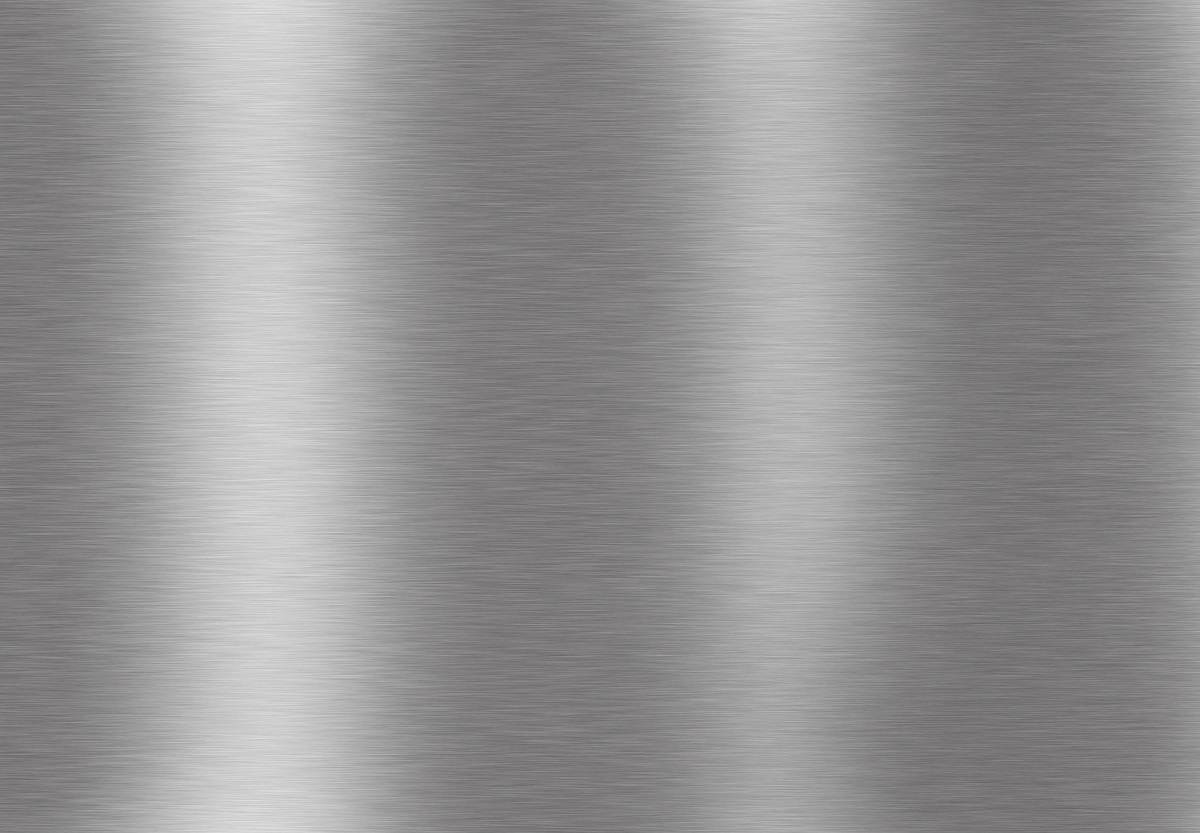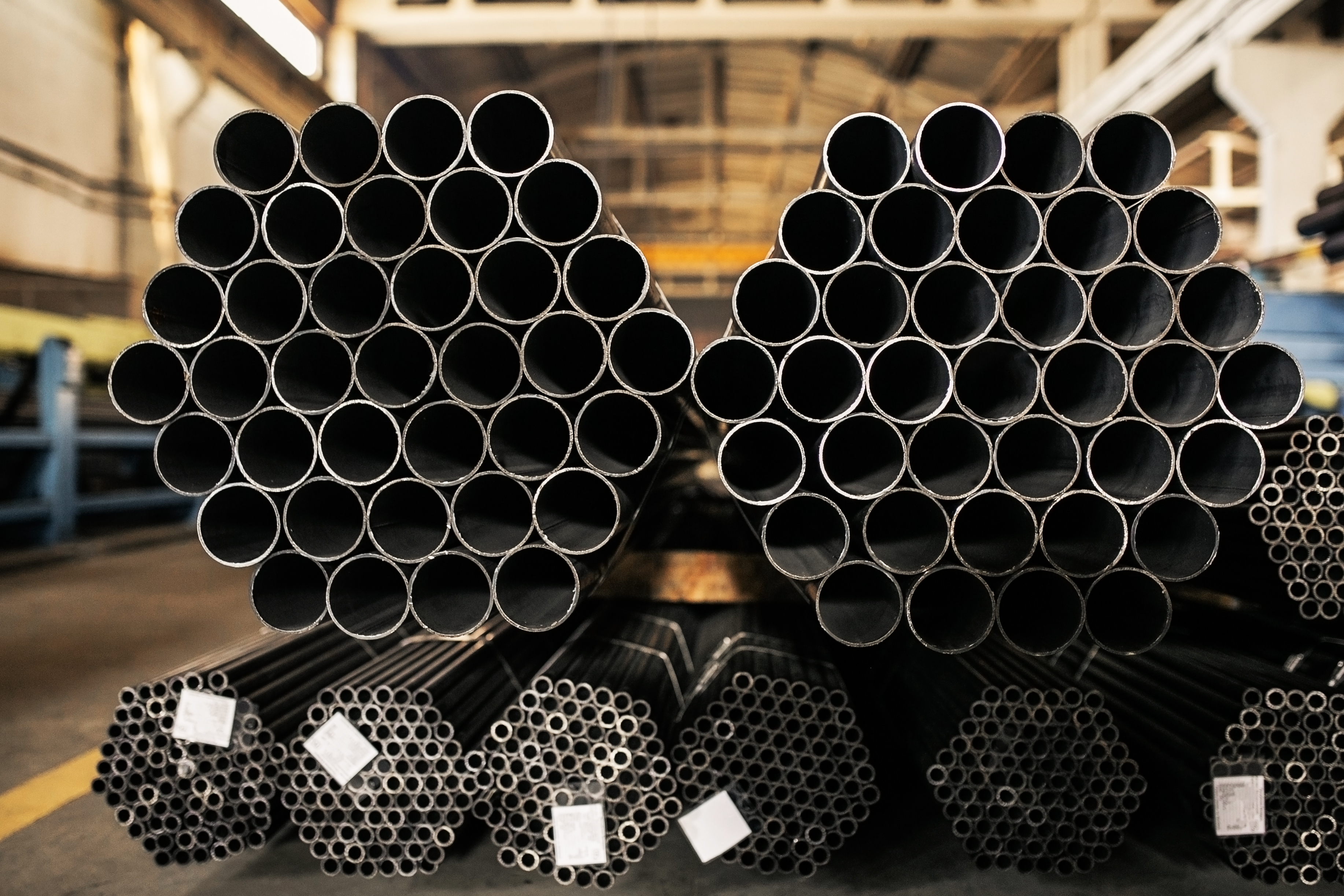Why should you passivate aluminum and stainless steel?
- What is passivation?
- How does the passivation process work?
- When should you passivate your metal alloys?
Corrosion has long been the enemy of metals and their subsequent alloys. Just ask your local stainless steel supplier, and they will definitely tell you that dealing with corrosion often becomes a headache. This is especially true when certain building materials aren’t handled or treated properly. Thanks to corrosion and rust specifically, the durability of products and structures can become significantly compromised after a number of years if not within 1 or 2.
Thanks to the development of modern metal alloys such as aluminum and stainless steel, the construction industry’s struggle against corrosion became easier to deal with. This is due to the interesting ability of aluminum and stainless to undergo the process of ‘passivation’. What does that word even mean? Should you do it? and what can it entail for you and your construction endeavors?
What is passivation?

Passivation is a chemical process wherein an extra outer layer of protection against corrosion is added to or formed on a given material’s surface. It occurs naturally in aluminum and stainless steel which is why they have been so useful for the construction and manufacturing industries since their conception.
The fascinating part about passivation is that metallurgists have found ways to boost, accelerate, and even elevate this process in metal alloys so that they are even more resistant to corrosion than usual. Technically speaking, passivation is a form of corrosion. This is because the metal reacts with its environment to form a chemically inert surface. The thing is, this form of corrosive surface will help reduce, if not nearly eliminate, any further corrosion that could potentially happen.
How does the passivation process work?
Before going into the specifics, it is important to note that the process of passivation is not the same for stainless steel and aluminum. In fact, passivation is more associated with stainless steel than aluminum, so it is best to distinguish between the two.
Stainless steel passivation
Stainless steel has a natural form of corrosion resistance thanks to a very thin (about 5 nanometers) layer of oxide on the steel’s surface. This layer forms thanks to the chromium component of stainless steel, and for it to form properly, there needs to be at least 10.5% chromium in the alloy. The oxide layer is also referred to as a ‘passive layer’ because it renders the surface electrochemically passive in the presence of corrosion-inducing elements.
It is important to point out that while stainless steel has a natural resistance to corrosion, not every alloy is impervious to rust. It is not surprising for small instances of rust to appear on a stainless steel surface because foreign matter can make its way and embed itself to a given metal’s surface. This makes it possible for water molecules to oxidize the iron component. This kind of corrosion is referred to as ‘roughing’, and certain grades of metal alloys are more susceptible to it than others.
In order to manually passivate stainless steel, the material must be thoroughly cleaned to ensure that no contamination can happen. After cleaning, the metal goes through a passivating acidic bath that meets the material’s temperature and chemical requirements. It is then rinsed with water and dried. Through this process, the exogenous iron is removed and a passive oxide layer is created to further inhibit the formulation of rust.
Aluminum Passivation
Aluminum, just like stainless steel, also undergoes a natural process of oxidation that forms a thin, protective surface layer of aluminum oxide. Again, just like with stainless steel, not every aluminum alloy does a good job of forming the said oxide layer for the same reasons stated above. Extra protective measures might be required for certain grades of aluminum.
When should you passivate your metal alloys?

When considering the circumstances in which passivating your stainless steel or aluminum is a good idea, there are two main benefits to think about. You already know about the first one, anti-corrosion, but the lesser-known benefit of passivation is purity. Both of these go hand-in-hand because dirt and impurities are one of the causes of corrosion.
As a general rule of thumb, you should consider passivation for your metal alloys if you need extra protection from the elements. This is especially true for your outdoor structures and products that experience the full brunt of the weather. It also can not be stressed enough that different grades of metal alloys provide different levels of corrosion resistance. If the metal you are using is inherently weak to corrosion, then passivating it should be your next best option.
Key Takeaway
The passivation of metals is a useful process that can be either organic or engineered. Only the best local stainless steel suppliers around would know that manually passivating stainless steel and/or aluminum is a good way to maintain and protect your structures and commodities.